Chad, located in north-central Africa, is a country of vast landscapes, rich cultural heritage, and diverse ecosystems. Bordered by Libya to the north, Sudan to the east, the Central African Republic to the south, and Cameroon and Nigeria to the southwest, Chad is known for its dramatic terrain, which includes the Sahara Desert, savannahs, and the famous Lake Chad. This fascinating country is often referred to as the “dead heart of Africa,” yet it holds incredible treasures waiting to be discovered.
Table of Contents
Geography
Chad covers an area of approximately 1,284,000 square kilometers, making it the fifth-largest country in Africa. The country’s geography is characterized by three distinct regions: the desert in the north, the semi-arid Sahelian zone in the central part, and the fertile Sudanian zone in the south.
The northern region is dominated by the Sahara Desert, with its vast sand dunes and sparse vegetation. In contrast, the southern region is rich in biodiversity, featuring savannahs, wetlands, and abundant wildlife. Lake Chad, once one of Africa’s largest lakes, is situated in the southwestern part of the country and serves as a vital resource for millions of people who depend on its waters for fishing, agriculture, and livestock.
Unfortunately, Lake Chad has been shrinking rapidly due to climate change and over-extraction of water, posing significant challenges for local communities. The climate varies across regions, with the northern areas experiencing extreme heat and dryness, while the southern regions enjoy a more moderate tropical climate with a rainy season from May to October.
States of Chad
Chad is divided into 23 regions, which are often referred to as administrative regions or provinces. These regions were established in 2012, replacing the previous system of 22 regions.
| No. | Region | Capital |
|---|---|---|
| 1 | Batha | Ati |
| 2 | Borkou | Faya-Largeau |
| 3 | Chari-Baguirmi | Massenya |
| 4 | Guéra | Mongo |
| 5 | Hadjer-Lamis | Massakory |
| 6 | Kanem | Mao |
| 7 | Lac | Bol |
| 8 | Logone Occidental | Moundou |
| 9 | Logone Oriental | Doba |
| 10 | Mandoul | Koumra |
| 11 | Mayo-Kebbi Est | Bongor |
| 12 | Mayo-Kebbi Ouest | Pala |
| 13 | Moyen-Chari | Sarh |
| 14 | N’Djamena | N’Djamena |
| 15 | Ouaddaï | Abéché |
| 16 | Salamat | Am Timan |
| 17 | Sila | Goz Beïda |
| 18 | Tandjilé | Laï |
| 19 | Tibesti | Bardaï |
| 20 | Wadi Fira | Biltine |
| 21 | Ennedi Est | Am-Djarass |
| 22 | Ennedi Ouest | Fada |
| 23 | Barh El Gazel | Moussoro |
History
The country’s history is rich and complex, shaped by ancient civilizations and colonial influences. The region has been inhabited for thousands of years, with evidence of early human settlements and trade routes connecting various cultures. In the 7th century, the Kanem-Bornu Empire emerged as a powerful force, dominating trade across the Sahara and establishing centers of learning and culture.
In the late 19th century, European colonial powers began to exert control over The country, leading to its incorporation into French Equatorial Africa. The French administration introduced new governance systems and infrastructure, but colonial rule often disregarded traditional customs and practices.
The country gained independence from France on August 11, 1960, but the post-independence period was marred by political instability and conflict.The country has experienced several civil wars and military coups since gaining independence, significantly impacting its development. One of the most notable conflicts was the civil war that erupted in 1979, leading to widespread violence and displacement.
In recent years, Chad has faced security challenges due to regional instability, particularly related to the conflicts in neighboring countries. Despite these challenges, the Chadian people have shown remarkable resilience and determination to rebuild their nation.
Top Ten Must-Visit Destinations
1. Zakouma National Park

Zakouma National Park is one of Chad’s most remarkable wildlife reserves, known for its diverse ecosystems and abundant wildlife. The park is home to elephants, lions, giraffes, and various bird species. Visitors can embark on guided safaris to explore the park’s stunning landscapes, offering a unique opportunity to witness Africa’s wildlife in their natural habitat.
2. Lake Chad

Lake Chad, a vital resource for millions, is a must-visit destination for travelers seeking to experience the beauty of this once-magnificent lake. Visitors can take boat trips, engage in fishing activities, and enjoy the serene landscapes surrounding the lake. The area is rich in birdlife, making it a popular spot for birdwatching enthusiasts.
3. Ennedi Plateau
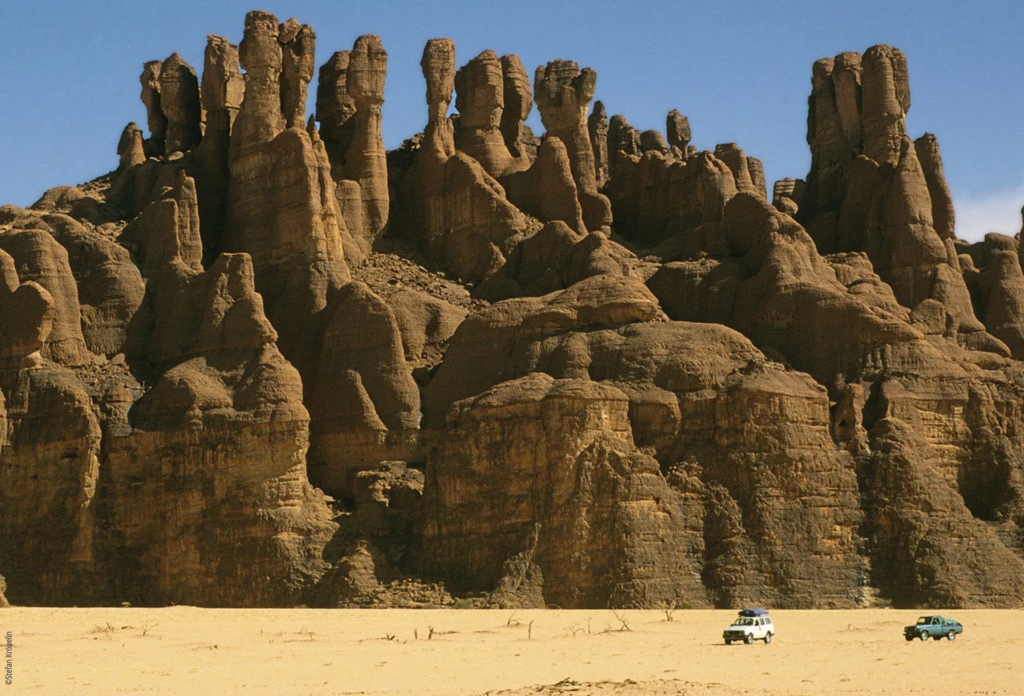
The Ennedi Plateau is a stunning region characterized by dramatic rock formations, canyons, and ancient petroglyphs. This UNESCO World Heritage Site offers breathtaking landscapes that are perfect for hiking, photography, and cultural exploration. The plateau is home to various ethnic groups, and visitors can learn about the traditions and lifestyles of the local communities.
4. Tibesti Mountains

The Tibesti Mountains, located in northern Chad, are a remote and rugged region known for their breathtaking scenery and unique geological formations. The mountains offer opportunities for trekking and exploration, allowing adventurers to discover ancient rock art and traditional nomadic cultures. The Tibesti region is a paradise for outdoor enthusiasts and those seeking solitude in nature.
5. N’Djamena
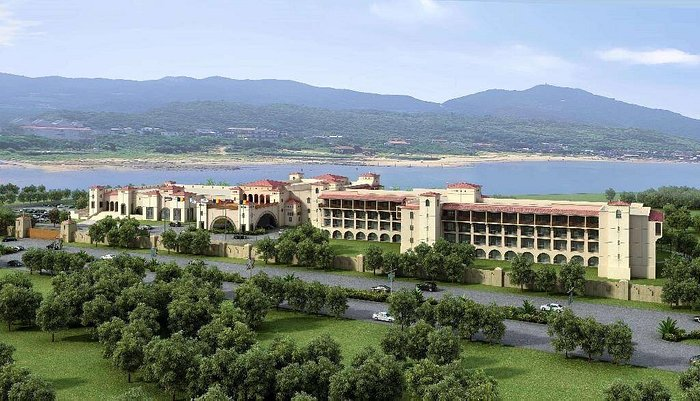
N’Djamena, the capital city of Chad, is a vibrant urban center that offers a glimpse into the country’s culture and daily life. Visitors can explore local markets, sample delicious Chadian cuisine, and visit cultural sites such as the Cathedral of N’Djamena and the National Museum. The city’s lively atmosphere and warm hospitality make it a great starting point for exploring Chad.
6. The Great Chadian Desert

The Great Chadian Desert is an expansive and starkly beautiful landscape characterized by sand dunes, salt flats, and rugged terrain. This desert region offers opportunities for adventurous travelers to experience its unique beauty and solitude. Guided tours are available to help visitors navigate the harsh environment and appreciate its stunning vistas.
7. Amdjarass
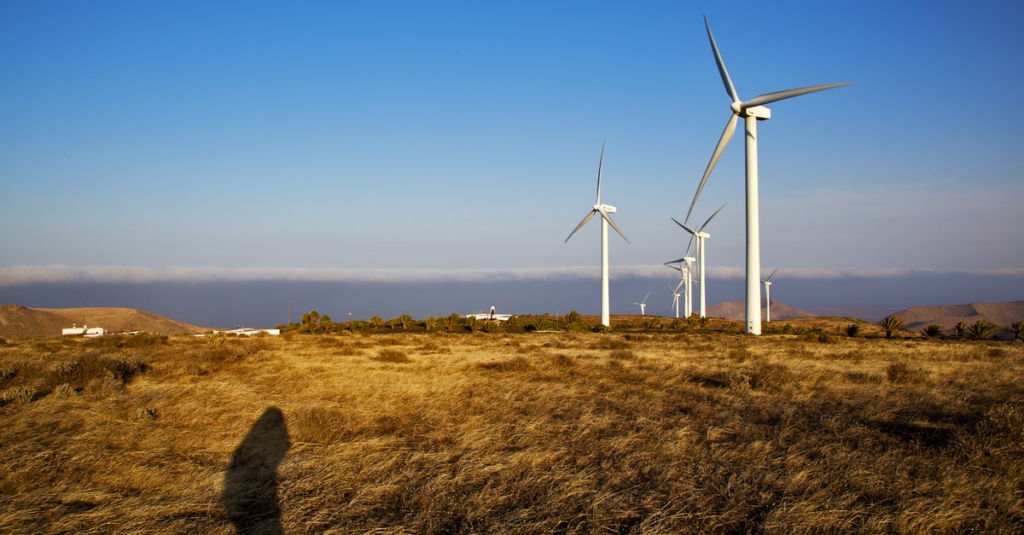
Amdjarass, a historic town in eastern Chad, is known for its vibrant culture and traditional architecture. Visitors can explore local markets, engage with artisans, and discover the rich history of the region. The town serves as a gateway to nearby cultural sites and natural attractions, making it an excellent stop for travelers.
8. Ouadi Rimé-Ouadi Achim National Park
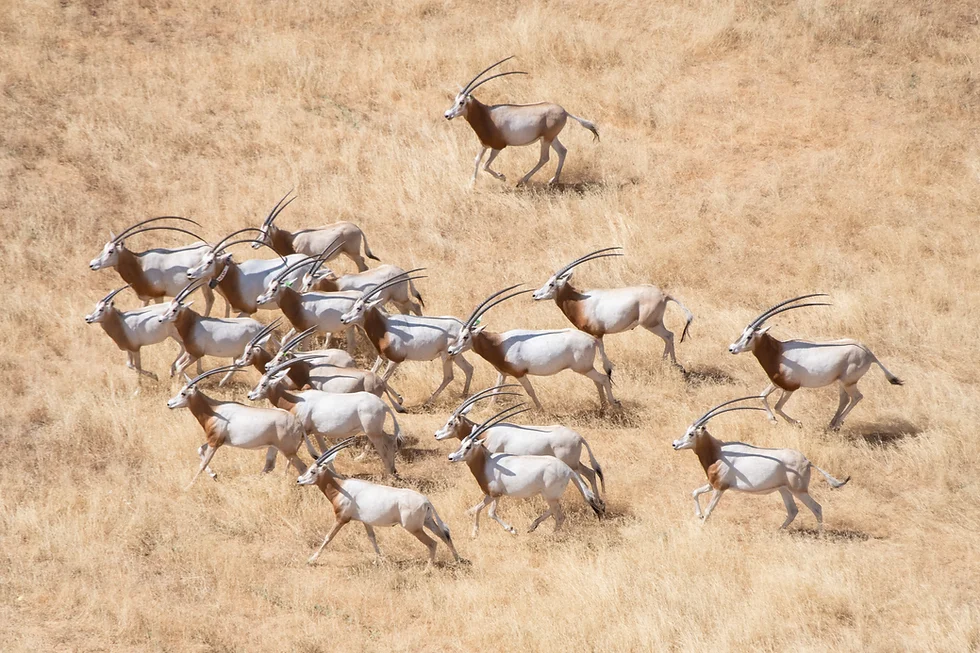
Ouadi Rimé-Ouadi Achim National Park is a lesser-known gem in Chad, offering a unique ecosystem and diverse wildlife. The park is home to several endangered species, including the scimitar-horned oryx and addax. Visitors can embark on guided safaris to explore the park’s stunning landscapes and observe its rich biodiversity.
9. Salamat Region
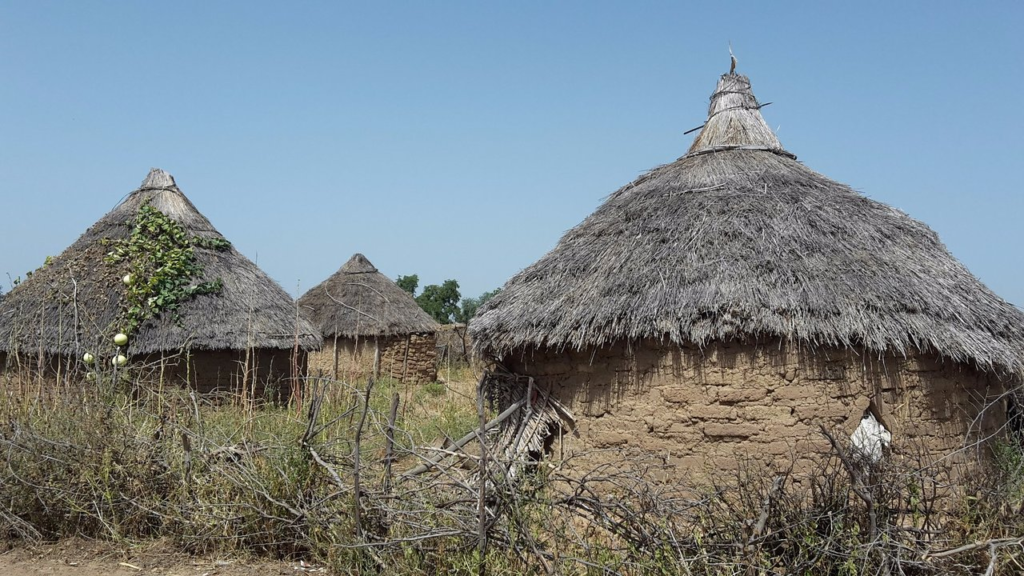
The Salamat Region is known for its fertile lands and traditional agricultural practices. Visitors can engage with local farmers, learn about sustainable farming methods, and experience the vibrant culture of the region. The Salamat Region offers a unique opportunity to connect with the local communities and discover the importance of agriculture in Chad.
10. The Borkou Region
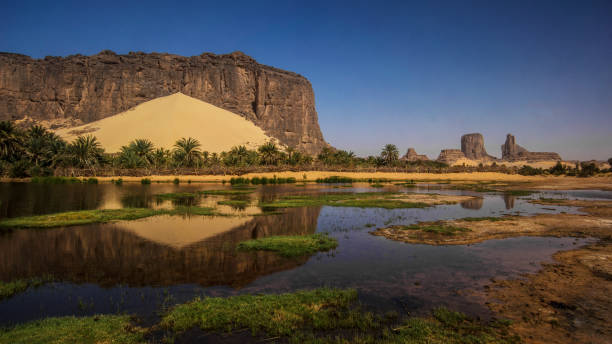
The Borkou Region is a remote area characterized by vast desert landscapes and traditional nomadic cultures. Visitors can explore the region’s stunning scenery, engage with local tribes, and experience the unique lifestyles of the people who call this harsh environment home. The Borkou Region offers an authentic glimpse into the traditions and resilience of Chad’s nomadic communities.
Culture
The country’s culture is a vibrant tapestry woven from the traditions and customs of over 200 ethnic groups. The country is known for its linguistic diversity, with more than 120 languages spoken, including Arabic and French as the official languages. The rich cultural heritage of Chad is expressed through music, dance, art, and traditional crafts, reflecting the influences of its various ethnic communities.
Music is an integral part of Chadian culture, with traditional genres such as soukous, ndombolo, and bongo playing a significant role in celebrations and social gatherings. Dance is often accompanied by rhythmic drumming and colorful attire, showcasing the diversity of the nation’s artistic expressions. Traditional crafts, including pottery, weaving, and beadwork, are highly valued and often passed down through generations.
The Chadian people celebrate various cultural festivals throughout the year, highlighting their traditions and communal bonds. Events like the Festival of Lake Chad and the Gou traditional festival showcase music, dance, and local cuisine, fostering a sense of unity and pride among communities. These festivals provide visitors with an opportunity to engage with the vibrant cultural life of Chad and experience the warmth and hospitality of its people.
Festivals
Festivals in The country are vibrant celebrations that reflect the country’s diverse cultural heritage and communal spirit. One of the most significant events is the Gou Festival, celebrated by the Sara people in the south. This festival features traditional music, dance, and rituals that honor ancestors and celebrate the harvest season. The Gou Festival is a time for communal gatherings, showcasing the unity and resilience of the Chadian people.
Another notable celebration is the Lake Chad Festival, which promotes cultural exchange and highlights the importance of the lake to local communities. The festival includes various activities, such as boat races, traditional dances, and exhibitions of local crafts. These festivities bring together people from different ethnic groups, fostering unity and appreciation for Chad’s rich cultural diversity.
Chadian festivals provide an opportunity for visitors to engage with local customs and traditions, creating a deeper understanding of the country’s cultural heritage. Attending these events allows travelers to witness the joy and vibrancy of Chadian life while connecting with the warm and welcoming communities.
Economy
The country’s economy is primarily based on agriculture, which employs a significant portion of the population. The country’s diverse climatic zones allow for the cultivation of various crops, including millet, sorghum, and cotton. Livestock farming is also prevalent, with cattle, sheep, and goats playing a crucial role in the livelihoods of many families.
However, the agricultural sector faces challenges such as desertification, climate change, and inadequate infrastructure. Chad is also rich in natural resources, particularly oil, which has become a significant driver of the economy since its discovery in the early 2000s.
The oil sector has attracted foreign investment and contributed to government revenues, but the benefits have not been evenly distributed, leading to social and economic inequalities. Efforts to diversify the economy and promote sustainable development are ongoing, with a focus on improving infrastructure and enhancing agricultural productivity.
Cuisine
Chadian cuisine is a flavorful blend of ingredients and culinary traditions, reflecting the country’s diverse cultures. Staple foods include millet, sorghum, and rice, often served with rich sauces made from vegetables and meats. One of the most popular dishes is boulle, a porridge made from millet flour, typically accompanied by sauce gombo (a stew made with okra) or meat.
Street food is also a common feature of Chadian cuisine, with vendors offering snacks such as sambusa (fried pastries filled with meat or vegetables) and fritters made from legumes. The use of spices and herbs adds depth to the flavors, making Chadian dishes a delightful experience for food lovers.
Chadian cuisine is often enjoyed communally, with families gathering around a shared meal. Traditional beverages, such as bissap (a refreshing drink made from hibiscus flowers), are popular and often served during celebrations and social gatherings. The culinary traditions of Chad provide a delicious insight into the country’s culture and hospitality.
Top Eight Most Famous Food

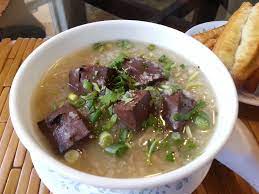




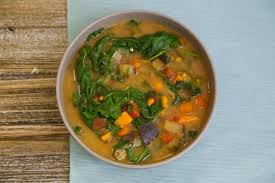
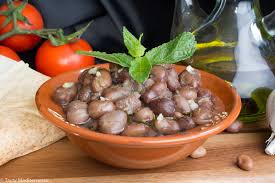
Interesting Facts
- Chad is home to the largest desert lake in Africa, Lake Chad, which has significantly shrunk over the past decades due to climate change.
- The country has a diverse population of over 200 ethnic groups, each contributing to its rich cultural tapestry.
- Chad is known for its unique wildlife, including the endangered addax and scimitar-horned oryx found in its national parks.
- The official languages of Chad are French and Arabic, reflecting its colonial history and diverse culture.
- The country has a tropical climate with distinct wet and dry seasons, influencing agriculture and daily life.
- Chad gained independence from France on August 11, 1960, after decades of colonial rule.
- The capital city, N’Djamena, is situated on the banks of the Chari River and serves as the country’s political and economic hub.
- Chad has rich natural resources, including oil, gold, and uranium, but faces challenges related to governance and sustainable development.
- The traditional Chadian dress is known as the boubou, a flowing robe worn by both men and women.
- The country is known for its oral traditions, with storytelling playing a vital role in preserving its history and culture.
Conclusion
Chad, often overlooked, is a country of stunning landscapes, rich cultural heritage, and resilient people. From the dramatic terrains of the Sahara Desert to the vibrant communities surrounding Lake Chad, the country offers a wealth of experiences for adventurous travelers. Despite the challenges it faces, Chad’s spirit shines through its warm hospitality, rich traditions, and breathtaking natural beauty. As the nation works towards peace and development, it invites visitors to explore its hidden gems, connect with its people, and discover the untamed beauty of Africa’s heart.
let’s enjoy few years on earth with peace and happiness….✍🏼🙏

